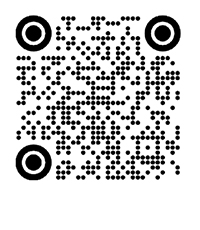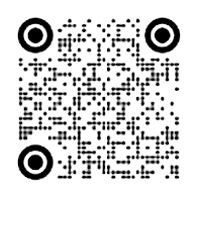产品搜索
结构搜索
全站搜索
当前位置: 行业资讯
科学家发现更好的胰岛移植位点
2017-09-11
来源:转载自第三方
2017-9-11
近日,来自悉尼Westmead医学研究所的研究人员发现了更好的胰岛移植方式,或许能够使1型糖尿病得到更有效的治疗。该研究成果已经以题为“Transplantation sites for human and murine islets”的文章发表于国际期刊《Diabetologia》上[1]。
.jpg)
据统计,全球约有4亿名糖尿病患者,虽然这其中只有大约5%是1型糖尿病,所占百分比并不大,但由于整体基数大,1型糖尿病的绝对人数仍然是一个庞大的人群。在糖尿病的治疗中,临床药物如磺酰脲药物、噻唑烷二酮药物、SGLT-2抑制剂、DPP-4抑制剂【维格列汀(中间体3-氨基-1-金刚烷醇)】,以及双胍类药物等,适应症均为2型糖尿病。1型糖尿病患者由于胰岛素分泌绝对不足,需终身胰岛素替代治疗,包括动物胰岛素、人胰岛素以及人胰岛素类似物,治疗方案包括每日多次胰岛素注射和持续皮下胰岛素输注,这给患者的日常生活带来了极大的不便。
科学家们经过广泛研究,发现胰岛移植或许是一个能够治疗或者治愈糖尿病的有效方法,尤其是对1型糖尿病而言。当前,胰岛移植物常常会被通过门静脉运输到患者的肝脏中,因为门静脉能够获取充分的营养物质和胰岛素支持,所以非常适合进行胰岛移植。然而这常常会给患者带来一定的健康风险,比如一些来自出血、血凝和门静脉高压等潜在的并发症等。
在该项研究中,研究人员研究了其他植入位点,希望能够克服门静脉移植所带来的风险。研究发现,无论是人胰岛细胞还是小鼠胰岛细胞,相比移植到门静脉位点而言,移植到肌肉位点不仅能够更好地发挥作用,也具有更多的优势,方便患者进行更多的活组织检查。目前还存在的另一个问题就是人源性器官供体极端匮乏,可进行人体胰岛移植的供体数量极为有限。而异种移植术,即将猪的细胞移植到人类机体中,或许能够作为一种潜在的手段来治疗1型糖尿病患者,目前也在积极的研究之中。
该研究如果能够顺利的推上人类临床试验,或将开发出有效治疗1型糖尿病的新型疗法,甚至为糖尿病患者带来治愈的希望。
参考文献
[1] Rebecca A. Stokes,Kim Cheng,Amit Lalwani,et al. Transplantation sites for human and murine islets. Diabetologia, 2017, 60, 1961–1971.
相关链接:3-氨基-1-金刚烷醇
本文由苏州亚科科技股份有限公司编辑
如果涉及转载授权,请联系我们。












